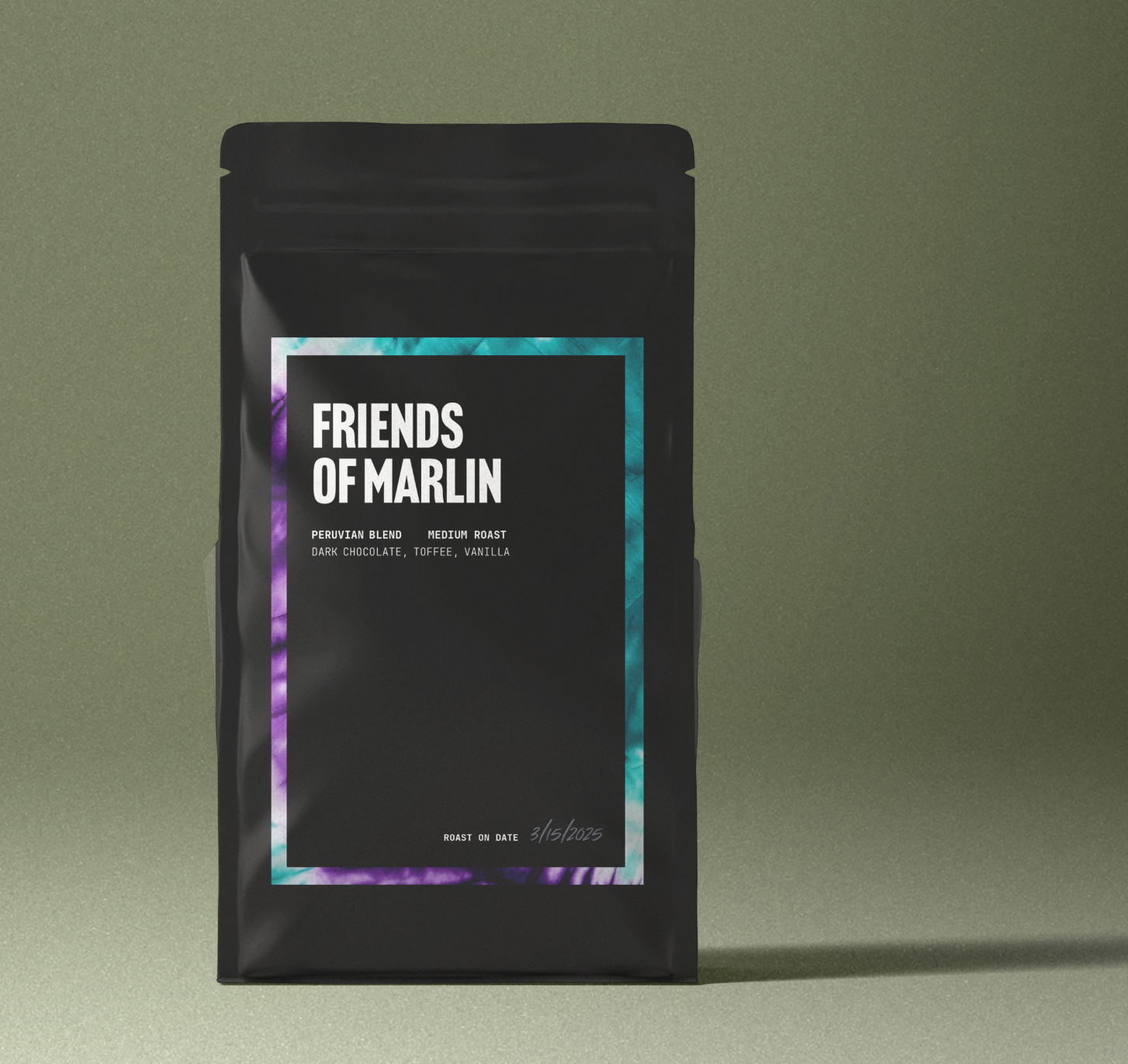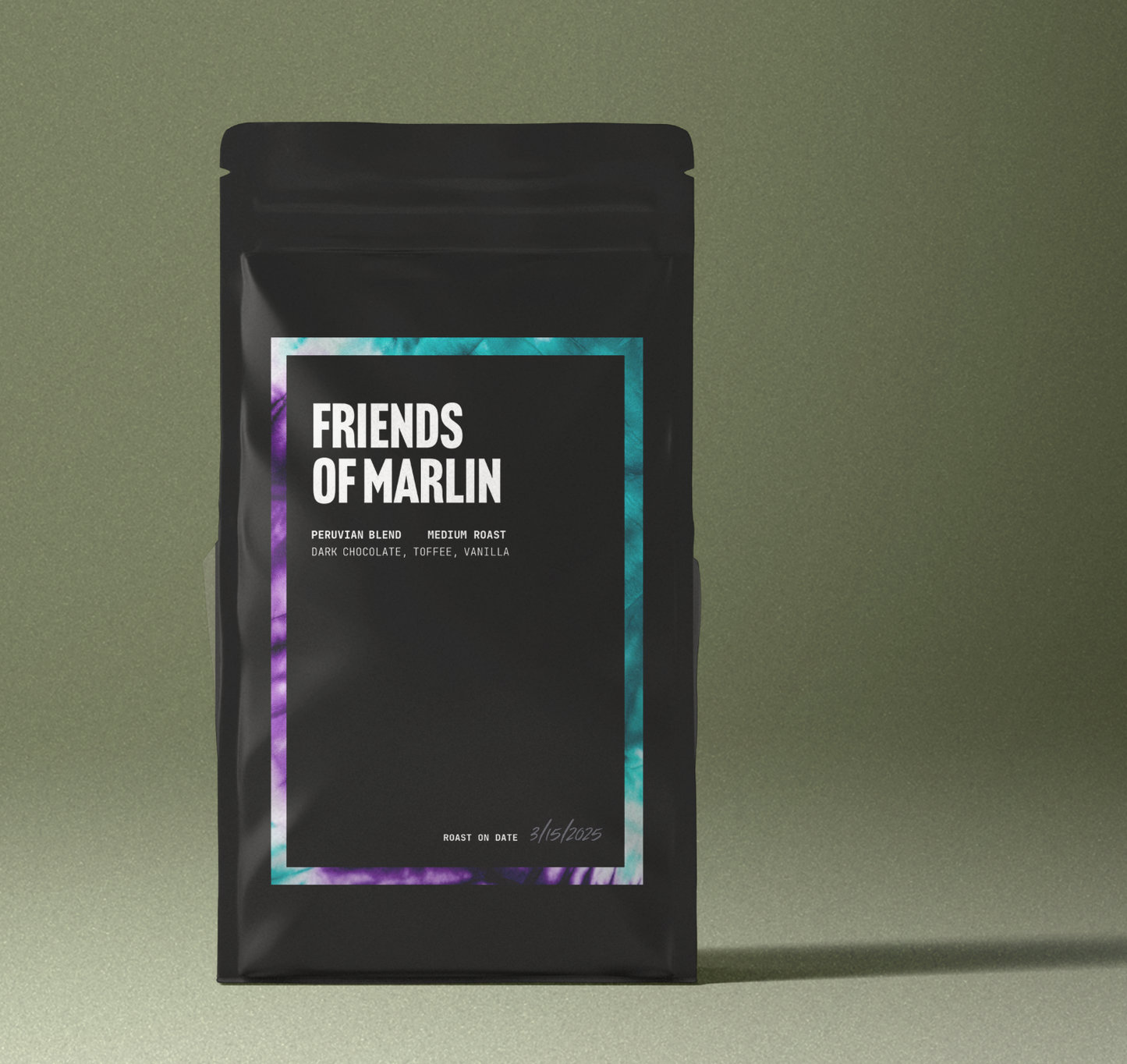
How to Choose the Right Coffee Bean
Share
Choosing the right coffee beans can profoundly impact your coffee experience, transforming an ordinary morning ritual into an extraordinary sensory adventure. Whether you're an experienced coffee enthusiast or just beginning to explore the world of coffee, understanding what makes coffee beans unique can significantly enhance your enjoyment. This comprehensive guide will help you pick the perfect coffee beans to suit your taste, brewing method, and lifestyle.
Understanding Coffee Bean Varieties
Two primary species dominate the coffee market: Arabica and Robusta.
Arabica vs Robusta
Arabica beans account for approximately 60-70% of global coffee production. Known for their nuanced, complex flavors, these beans typically offer sweeter, smoother, and more acidic profiles. Arabica beans flourish at higher altitudes, often resulting in richer flavor notes, including fruity, floral, chocolate, and nutty undertones.
Robusta beans, comprising roughly 30-40% of global coffee production, thrive at lower altitudes and harsher climates. They contain almost double the caffeine of Arabica beans and present stronger, earthier flavors with noticeable bitterness and less acidity. Often used in espresso blends for their robust crema, Robusta beans provide depth and punch.

Identifying Your Flavor Preferences
Coffee beans can range widely in flavor profiles. To choose beans that you'll genuinely enjoy, start by identifying your preferred taste characteristics. Understanding coffee flavor profiles can help you pinpoint the notes that align with your palate.
-
Fruity and Floral: Beans from Ethiopia or Kenya often exhibit berry, citrus, or floral notes. These are ideal for light roast lovers and pour-over brewers.
-
Chocolaty and Nutty: Central and South American beans, like those from Colombia, Brazil, or Guatemala, frequently display chocolate, caramel, or nutty undertones.
-
Earthy and Spicy: Beans from Indonesia or India typically offer deeper, spicy, herbal, or earthy flavors.
Experimenting with coffee tasting notes is a fun way to refine your preferences and better appreciate specialty beans.
Coffee Growing Regions
Where coffee is grown significantly affects its flavor. High-altitude regions produce more acidic and complex beans, while lower altitudes often yield bolder, earthier flavors. Exploring different coffee growing regions—from Africa to South America to Southeast Asia—can expand your coffee horizons.

Roast Levels and Their Impact
Roasting dramatically influences the flavor of your coffee beans. The roast level not only impacts taste but also affects the brewing method and grind size best suited for the bean.
Light Roast vs Dark Roast
-
Light Roast: Preserves more original bean flavors, highlighting acidity, fruity notes, and floral aromas. Ideal for pour-over or drip brewing methods.
-
Medium Roast: Balancing acidity and body, medium roasts are versatile, offering smoother, richer flavors with balanced sweetness. Great for drip, pour-over, and French press.
-
Dark Roast: Yields bold, robust flavors with lower acidity, emphasizing roasted, smoky, or chocolaty tones. Perfect for espresso, French press, or moka pot.
Understanding coffee roast levels and choosing the right roast can elevate your brewing experience.
Freshness Matters
Coffee beans peak in flavor shortly after roasting. Aim to consume beans within 2-4 weeks of roasting for optimal taste. Coffee bean freshness is critical to preserving the aroma and flavor. Always check for a clear roast date on the packaging. Avoid beans without transparency around roast dates, as they may lack vibrancy.
Whole Bean Coffee vs Ground
Choosing whole bean coffee vs ground coffee has a significant impact on flavor. Whole beans retain freshness longer. Coffee begins losing flavor almost immediately after grinding. Investing in a good-quality burr grinder allows you to grind coffee immediately before brewing, enhancing your coffee’s aroma and taste.
Single-Origin vs. Blends
Single-Origin Coffee
Single-origin coffee comes from a specific region, farm, or country, reflecting the unique terroir of their location. They offer distinct, well-defined flavors appreciated by coffee connoisseurs and ideal for those interested in exploring specific coffee flavor profiles.
Blends
Coffee blends combine beans from multiple origins, creating balanced, consistent flavors. Blends often target specific taste profiles, such as rich espresso blends or smooth morning coffees.
Best Coffee Beans for Espresso and French Press
Your brewing method should influence the beans you choose. Different beans perform better with specific brewing techniques:
-
Best coffee beans for espresso: Opt for medium-dark or dark roasts for a robust, balanced shot. Robusta-inclusive blends enhance crema and depth.
-
Best coffee for French press: Medium-dark beans yield a full-bodied, flavorful cup, often with chocolaty and nutty notes.
Matching Beans to Brewing Methods
-
Pour-over: Choose medium or light-roasted beans with nuanced flavor profiles.
-
Espresso: Select dark roasts with bold flavors and rich crema.
-
French Press: Go for coarsely ground medium or dark roasts.
-
Cold Brew: Medium or dark roasts offer smooth, rich flavors when steeped cold.
Specialty Coffee and Certifications
Specialty Coffee Beans
Specialty coffee beans are the highest quality available, typically graded at 80 points or higher on a 100-point scale by certified Q-graders. These beans meet rigorous standards for cultivation, harvesting, processing, and roasting.
Fair Trade and Direct Trade Coffee
Look for certifications like Fair Trade coffee, Organic, Rainforest Alliance, or Direct Trade coffee. These certifications indicate sustainable and ethical practices in coffee production, ensuring better conditions for growers and the environment. While Fair Trade focuses on minimum pricing and fair labor, Direct Trade emphasizes close relationships and transparency between roasters and producers.
How to Choose Coffee Beans
When learning how to choose coffee beans, consider these core factors:
-
Flavor profile (fruity, chocolaty, nutty, earthy)
-
Roast level (light, medium, dark)
-
Brewing method (espresso, French press, pour-over, cold brew)
-
Freshness (roast date visibility)
-
Bean type (Arabica vs Robusta)
-
Source (single-origin vs blend)
-
Certifications (specialty, fair trade, organic)


Experimentation and Exploration
Part of coffee’s charm is its vast diversity. Don’t hesitate to experiment with various beans, roasts, and brewing methods. Exploring new flavors expands your palate and enhances your overall coffee experience. Learning about coffee tasting notes, roast preferences, and regional differences will help you find the cup that suits you best.
By understanding bean varieties, roast levels, freshness, brewing methods, and ethical sourcing, you're well-equipped to select coffee beans that elevate your daily ritual. Enjoy the journey of discovering the perfect cup tailored uniquely to your taste.

